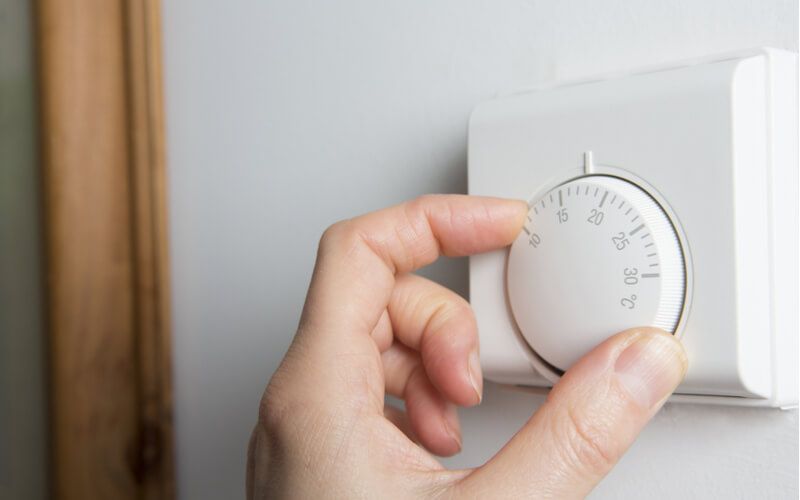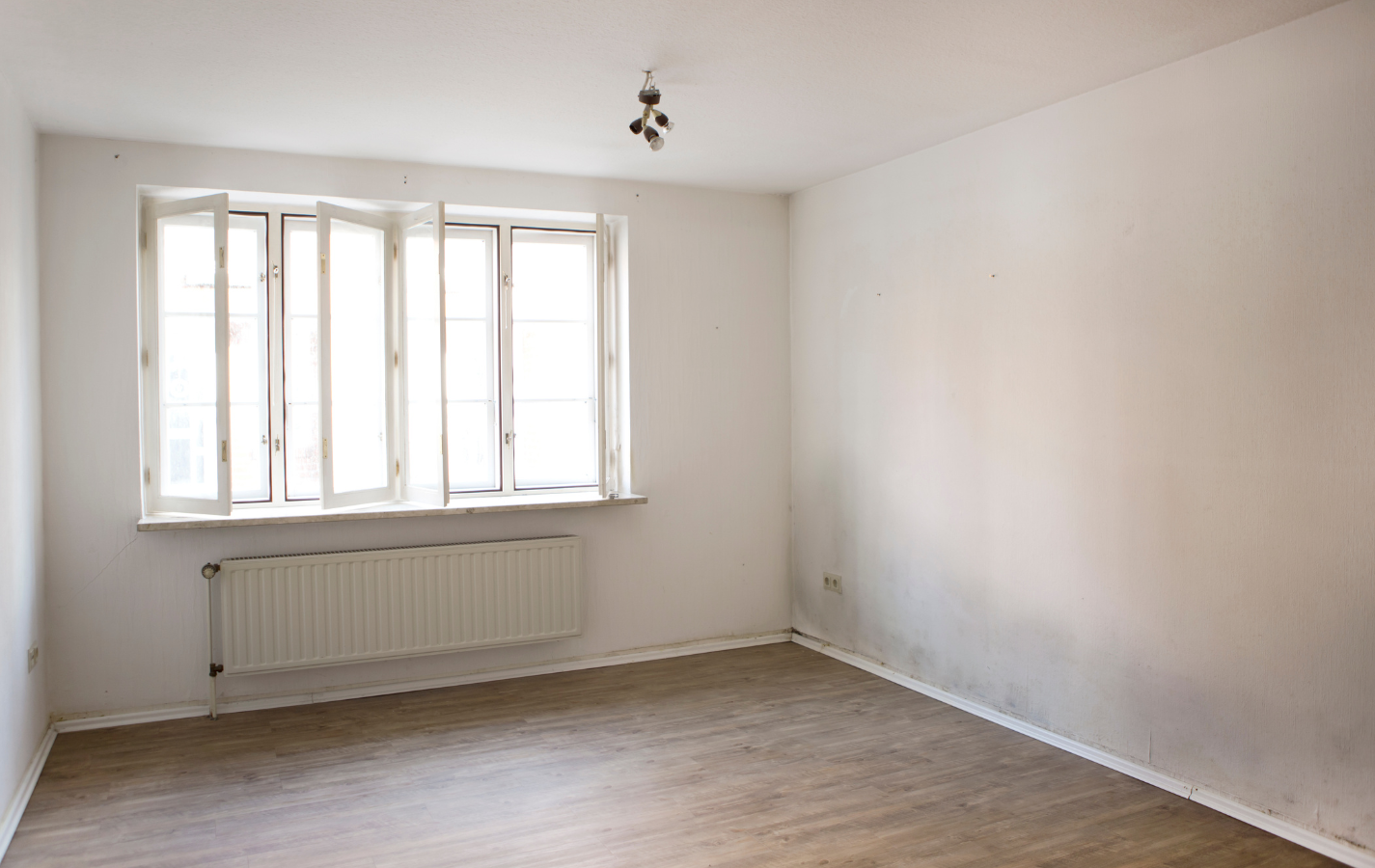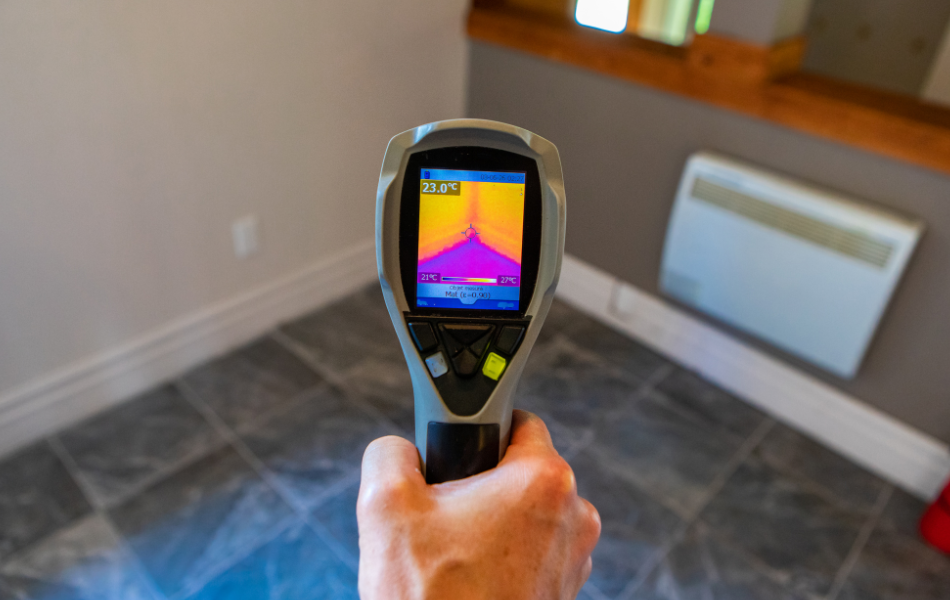Heat Network (Metering and Billing) Regulations 2014 - Amendments November 2020
Complying with the Amended Heat Network (Metering and Billing) Regulations 2014 – Q&A briefing

Q. What are the 2020 Amendments to the Heat Network (Metering and Billing) Regulations 2014?
The Heat Network (Metering and Billing) (Amendment) Regulations 2020 require that owners of heat networks (not just district heating schemes):
- Carry out an initial cost effectiveness exercise, using the new cost-effectiveness tool by 27 November 2021
- Install Meters and/or Heat Cost Allocators (HCA) where these are shown to be cost-effective by 1 September 2022.
The Amendment Regulations also modify the building classes to take account of cost and benefit considerations for specific types of housing and properties. This means there are more heat networks that are now exempt from meters altogether. These include:
- Supported social housing, almshouse accommodation and purpose-built student accommodation
- Where the existing lease contains provision, which would prevent billing based on metered consumption.
Q. When do these amendments come into force?
The Heat Network (Metering and Billing) (Amendment) Regulations 2020 were laid in parliament on 6 November 2020 and came into force on 27 November 2020.
Q. What will social landlords have to do?
They need to:
- assess all housing schemes on a heat network, by 27 November 2021, to see if they should have individual metering and billing installed for every home
- have installed meters to all schemes that need them (as shown by the cost-effectiveness tool) by 1 September 2022
- assemble a full list of all their heat networks and identify those that are unmetered (regardless of tenure or whether they are sheltered or temporary accommodation, etc)
- ensure these are included on their OPPS notification
- identify which are schemes are now exempt
- identify any schemes that are metered, but where heat costs are still part of the service charge (unless this is specified in the lease or they are supported housing) because these customers need to billed on consumption and brought into their billing contract.
Under the 2014 Regulations, these schemes should already have been notified to Office for Product Safety and Standards (OPSS) in 2014 and again in 2019 (duty to notify every 4 years).
Q. What is the timetable for compliance?
All heat networks should have been notified to OPSS in 2014 and again in 2019. The next notification deadline is 2023.
By 27 November 2021, all notified heat networks should have been assessed to see if they should have individual metering and billing installed for every home.
By 1 September 2022, to have installed meters to all schemes that need them (as shown by the cost-effectiveness tool).
There will be a transition period between 27 November 2020 and 1September 2022 to allow for the installation of meters and HCA.
Q. What are the offences and penalties?
From 1 September 2022, owners of housing schemes with heat networks covered by these regulations will be prosecuted if they have not installed meters to all schemes that need them and liable to be fined. These are explained in OPSS enforcement policies and its guide.
Q. What are the Heat Network (Metering and Billing) Regulations 2014?
The Heat Network (Metering and Billing) Regulations 2014 implement the requirements in the Energy Efficiency Directive with respect to the supply of distributed heat, cooling and hot water. The Regulations cover most district heat networks and communal heating in England, Scotland, Wales and Northern Ireland. This includes residential, commercial, industrial, public sector and other networks.
Q. Who is covered by the Regulations?
Anyone, including social landlords, who supplies heat via piped water into a building from a central source. Under the Regulations a heat supplier means any legal entity (person or organisation) that supplies and charges for the supply of heating to a final customer, through a communal (single building) or district (multi-building) heat network. This includes the supply of heat as part of a package, paid for indirectly through ground rent, a service contract or other means. Such a payment does not need to explicitly mention the supply of heat but there will be a reasonable expectation by the final customer that heat supply is part of the service.
Most social housing providers have at least some heat networks (often up to 10% of
the housing stock) – most often in supported or sheltered housing. This is likely to increase because it can be a planning requirement to connect new schemes to heat networks. The government wants to see the current 2% of homes on heat networks going up to 17%.
The OPSS has published guidance to help define what and who is and is not covered by the Heat Network (Metering and Billing) Regulations 2014, the Heat Network (Metering and Billing) (Amendment) Regulations 2015 and the Heat Network (Metering and Billing) (Amendment) Regulations 2020. This will include:
- detailed guidance about the requirements and the compliance and notification timelines
- an updated notification template and cost-effectiveness assessment tool
- information about planned events to support heat suppliers.
OPSS has also published guidance on the new cost-effectiveness tool and the notification form.
Q. When did the 2014 Regulations come into force?
The Heat Network (Metering and Billing) Regulations 2014 came into force on 18 December 2014 and were amended in March 2015.
Q. What do the Regulations require?
The Regulations require heat suppliers to:
- Notify OPSS of the existence of their network(s) (Regulation 3) by completing the Government’s notification form and provide this information every four years from the date of initial notification;
- Fit heat meters (where it is cost-effective and technically feasible) to accurately measure, memorise and display consumption of final customers and some buildings (Regulations 4, 5 and 7);
- Fit, in buildings with more than one final customer, Heat Cost Allocators (HCAs), hot water meters and Thermostatic Radiator Valves (TRVs) to measure the consumption of final customers where installing heat meters is not feasible (Regulation 6);
- Ensure heat meters or HCAs are continuously operating, maintained and periodically checked for errors (Regulation 8);
- Bill customers transparently and based on actual consumption where economically justified to do so (Regulation 9).
Q. Do the Regulations apply to the whole of the United Kingdom?
Yes, the Regulations apply to England, Scotland, Wales and Northern Ireland but there is an additional requirement when notifying in Scotland.
Q. What are the additional requirements in Scotland?
If the majority of your final customers are in Scotland you will also have to declare a Unique Property Reference Number (UPRN) for the network. If available the UPRN for the energy centre would be preferable; if unavailable then any building on the network will suffice. Scottish UPRNs can be found on the One Scotland Gazetteer. A link to this is also available on the notification template.
Q. What should social landlords do?
Social landlords who have existing heat networks or who are developing new ones should have notified OPSS about their networks. Any social landlords who have not notified OPSS should check whether they have any schemes that are covered by the Regulations and, if so, should notify OPSS. For all heat networks that have been notified landlords should ensure that they have complied with the other requirements of the Regulations outlined above. As well as publishing guidance on compliance, OPSS has also published detailed FAQs.
Q. What does this guidance cover?
The Heat network metering and billing regulations: compliance and guidance cover their Scope, the timetable for compliance, cost effectiveness tests and the plan for amended regulations and associated tool, notifications and the Legislation. It also provides a link to Frequently asked questions.
Q. Will Heat Networks be regulated?
Yes. The Government consulted on policy options for the development of a regulatory framework for heat networks to protect consumers and ensure fair pricing, while supporting market growth and the development of low-carbon networks. This consultation closed on 1 June 2020. The Government is currently considering the consultation responses.
Q. When will Heat Networks be regulated?
No date or timetable has been proposed by the Government. A timetable is expected once the Government has analysed the consultation responses and published its response. This work has been extended as a result of the Covid-19 restrictions.
Q. Who is expected to be the new Regulator?
While Ofgem has been proposed, the Government has not made any decision but is expected to announce this once its response to the consultation is published.
Q. How can I keep up to date?
By subscribing to the OPSS’s free email alert service to keep up to date on the latest developments concerning the legislation that OPSS enforces.
Q. What good practice is available to social landlords?
The Heat Network is a forum of housing associations set up to share good practice. The consultancy Adecoe works with Chirpy Heat on technical solutions for Heat Networks. Chirpy Heat has also published a short briefing note on these Amendments and explains that OPSS will be running workshops. The Association for Decentralised Energy (ade) is the leading trade association for decentralised energy, representing more than 160 interested parties from across the industrial, commercial and public sectors.
Things for social landlords to remember:
- There is now an assumption that all heat networks should be individually metered and billed. This will impact on the majority of schemes in the future and each needs to be assessed using the cost-effectiveness tool available from OPSS by 27 November 2020.
- To ensure all schemes continue to be registered with OPSS and are updated every four years.
- To assist installing meters, early communication with customers based on understanding scheme costs and how tariffs should be set is key.
- Ensure meters are fully and cost effectively transferable i.e. you can change between metering and billing provider. This is not the case with a number of meters.
NHMF acknowledges comments on the preparation of this guidance from Adecoe and Chirpy Heat.

